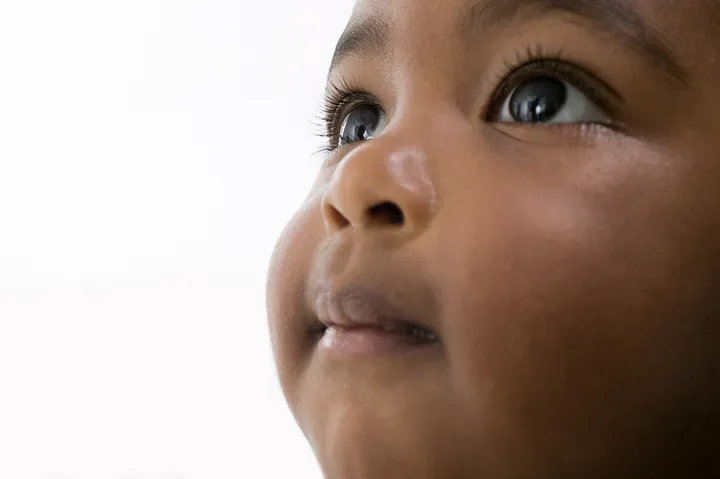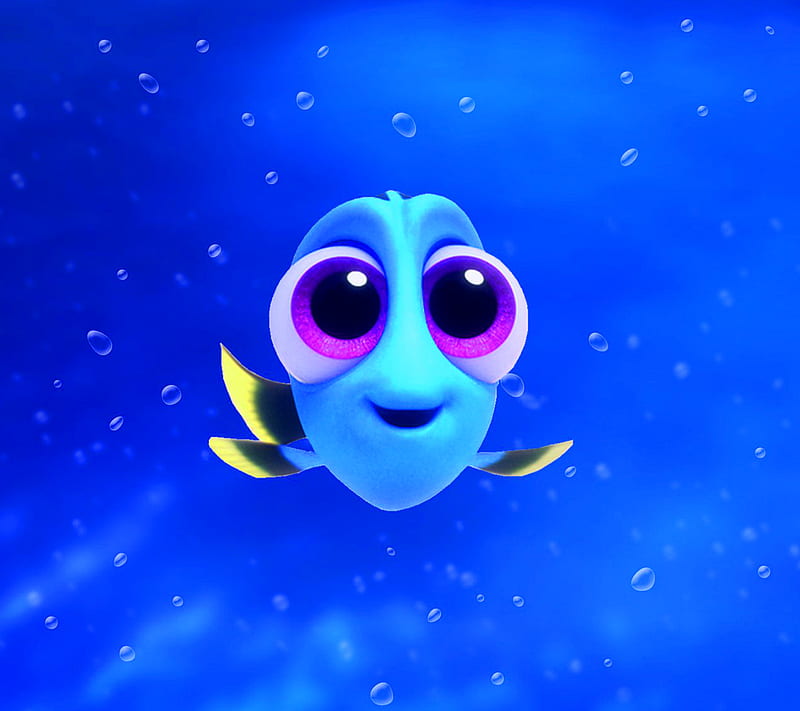Have you ever felt an irresistible urge to pinch a baby’s chubby cheek or playfully squeeze an adorable puppy? You’re not alone, and there’s even a term for this phenomenon: cute aggression. Social psychologist Oriana Aragón and her research team at Yale University coined the term for the burning desire to express seemingly aggressive behaviors toward cute things without any intention to harm them.
Aragón estimates that 50% to 60% of the population experiences cute aggression. This phenomenon is an example of “dimorphous expression,” where internal feelings and outward expressions seem to contradict each other. Similar instances include crying during joyful moments or laughing during an uncomfortable conversation. The researchers hypothesized that cute aggression could be a mechanism to help regulate intense feelings associated with overwhelming cuteness.
In a study published in 2015, participants viewed photos of babies with more infantile features and less infantile features. Those who experienced cute aggression were found to “come down off the ‘cute high’ faster.” The researchers suggest that this countervailing expression might help balance out the experienced emotion and allow individuals to return to a baseline state more quickly.
From an evolutionary standpoint, this response makes sense. Infantile features are known to encourage caretaking behaviors in adults. Cute aggression might serve to ensure that individuals, overwhelmed by positive affect, can quickly transition to caring for the adorable creature, promoting the baby’s well-being. So, the next time you feel the urge to pinch a baby’s cheek, know that cute aggression is a common and intriguing aspect of human behavior. 😊👶🐾

Cute aggression and other forms of dimorphous expression may serve another crucial function: communicating our current emotional state to others. These expressions help convey how we might behave next, providing important social cues. For example, when someone approaches with a smile, it suggests a positive interaction. However, the way they express their admiration for a cute baby—whether with “cute sadness” or more energetic language—communicates different levels of interaction.
These expressive behaviors help individuals understand the nature of the interaction and respond accordingly. A passerby’s dimorphous expression, whether calm appreciation or enthusiastic admiration, signals their intent and helps the parent or caretaker gauge the appropriate response. This ability to communicate emotions is vital, allowing individuals to interpret signals about how someone wants to interact.
Intriguingly, researchers found that people who experience cute aggression are more likely to express emotions in a dimorphous manner across various emotionally charged situations. Those who feel the urge to pinch a baby’s cheeks may also be the type to cry at weddings, showcasing a consistent pattern of expressing intense emotions in seemingly contradictory ways. This suggests a broader connection between dimorphous expressions and emotional responses across different contexts.

Katherine Stavropoulos, a clinical psychologist and researcher at the University of California, Riverside, delved into the study of cute aggression following the viral popularity of Oriana Aragón’s research on the topic. Initially focused on researching brain activity in children with and without autism, Stavropoulos became intrigued by the phenomenon of cute aggression after a BuzzFeed listicle highlighted the signs of experiencing it. This realization prompted her to explore whether there was a connection between cute aggression and the brain’s reward system.
In a 2018 study co-authored by Stavropoulos, participants viewed images of “cute” and “less cute” babies and animals, similar to Aragón’s study. The participants then rated their agreement with statements expressing cute aggression and feelings of overwhelm. Electrode caps measured their brain’s electrical activity. The findings revealed that individuals who strongly agreed with statements like “It’s so cute I want to squeeze it!” exhibited the most reward-related brain activity.
Stavropoulos aims to further investigate how people with autism and postpartum depression experience cute aggression, exploring potential differences based on factors such as pet ownership and parenthood. Understanding the role of these overwhelming emotions in various contexts is a fascinating avenue for future research. 😊🔍🧠
